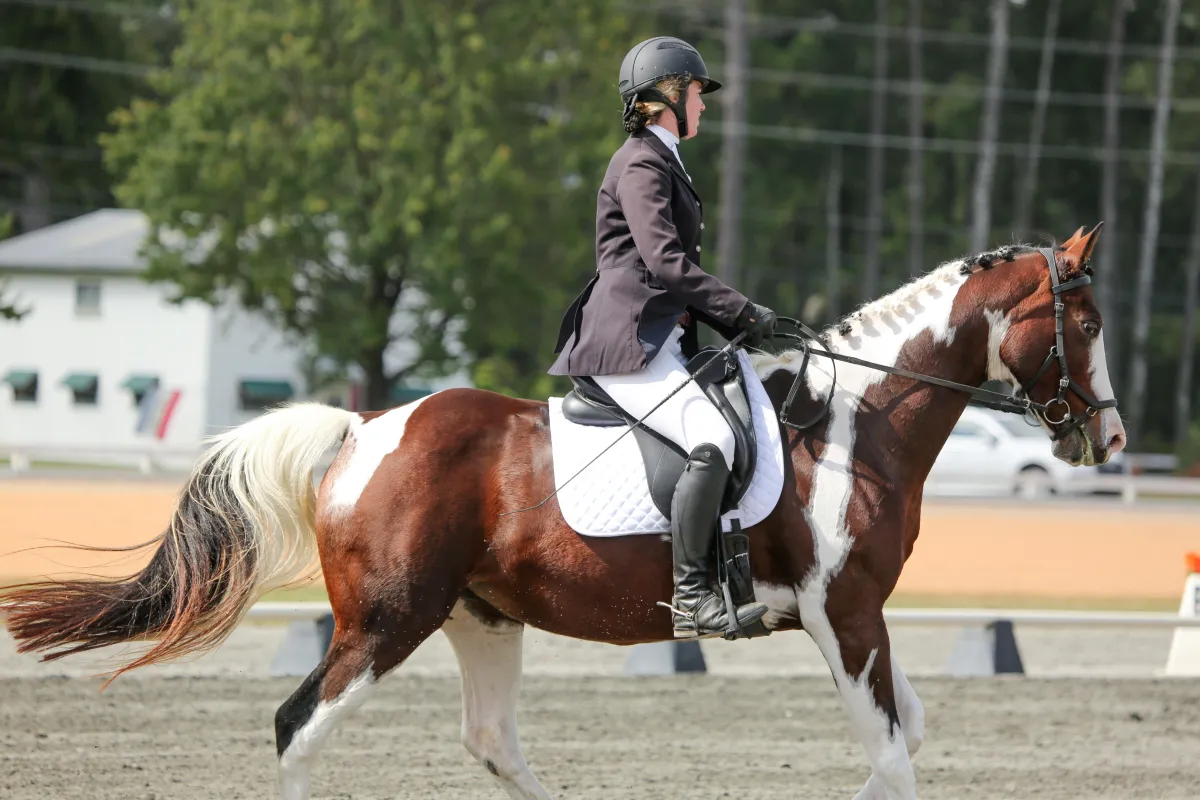Bent River Equestrian's Blog
Writing to improve our riding and training.

Put it in Neutral
Put it in Neutral
As a trainer, I handle a variety of horses who bring different challenges and behaviors to the work. Whether the issue is impatience and excitement in the crossties before getting to work or a dullness to my leg in the warm up, I stay in a focused, solution oriented place to help the horse understand its expectations.
When on its back, being able to maintain a neutral position in balance with the horse eliminates many opportunities for my horse to feel frustrated in its job. How many times have you been in a jumping saddle and felt your horse want to lift the hind end instead of going forward? It can happen most easily in canter transitions or landing from a jump due to your forward balance.
Our Horses' Emotions
When our horses feel fear, confusion, or frustration, it is very easy for us to feel it too! Their hearts are directly under the saddle, and their hearts are designed to connect with hearts near them. What we have to combat their negative emotions is our large brains and prefrontal cortex.
When our horse expresses something - an annoyance with the balance they are in or the timing of our aid, we have to use our thoughts to communicate to our heart and horse that we hear them. We can not eliminate their negative emotion with our own volition, and usually amplifying the aid that got a negative emotion from our horse will only escalate the negative emotion. Instead, we must stay neutral, prepare our horse better, and simply ask again.
The amplification of an aid also must come from a neutral place. If your horse is dull to your leg’s touch and you must use the whip, that is completely acceptable. But, before applying the whip, feel confident that your horse is positioned to understand the aids.
Support Your Horse
If you feel that your horse is still out of balance or crooked, then you must adjust their body so that going forward is easier. The adjustments that support horses the most are a typical leg yield or turn on the forehand, anything that corrects your horse’s engagement to make its job easier.
